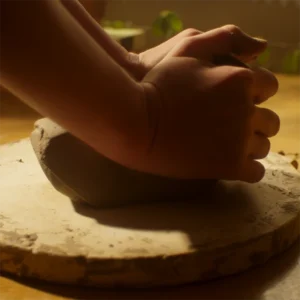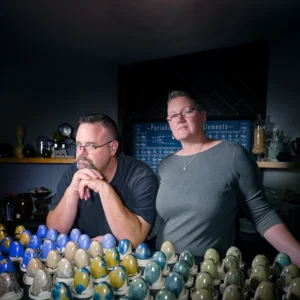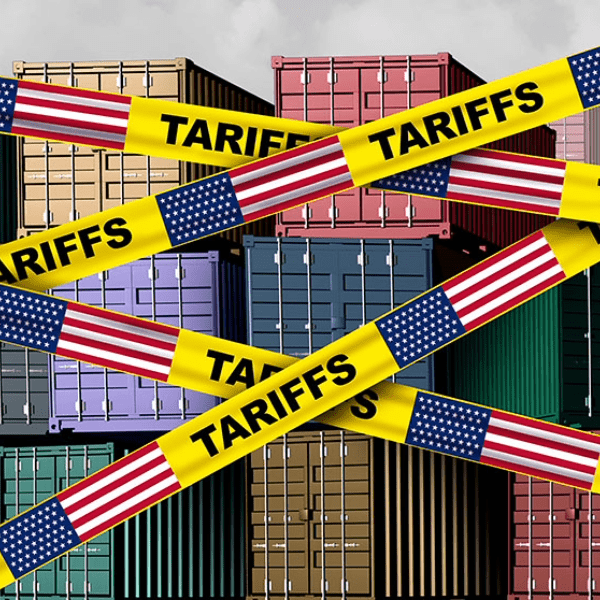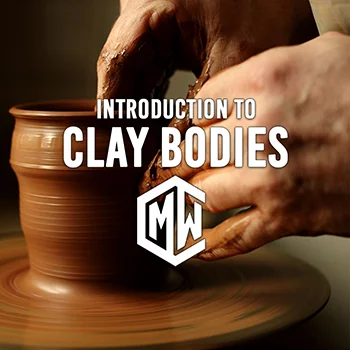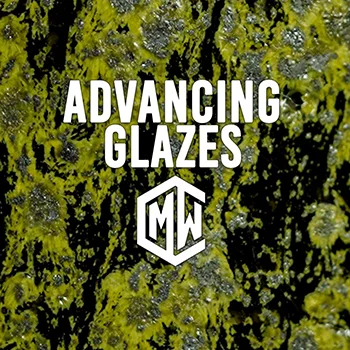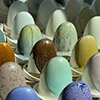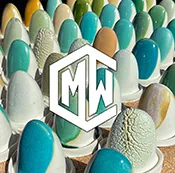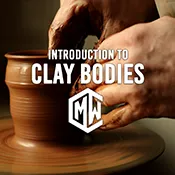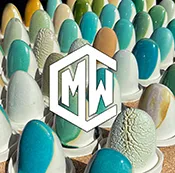The world of ceramics, from the smallest independent studio to large-scale manufacturers, is increasingly influenced by global trade policies. A significant factor impacting costs and operations is the implementation of tariffs on imported ceramic materials and finished goods. Understanding how these tariffs work and, more importantly, how to strategically respond, is crucial for the resilience and future success of ceramic artists and businesses.
Essentially, tariffs function as import taxes, directly increasing the price of goods entering a country.
For the ceramics industry, this has a ripple effect, impacting everything from the raw clays and glaze components we rely on to the cost of imported finished pieces like tiles and tableware.
What ceramic myths do I still believe that aren’t true? Check out CMW’s Myth Busting series to learn the truth in ceramics
The Tangible Impacts of Tariffs:
The consequences of these tariffs are multifaceted for potters and ceramic enterprises. We see:
- Elevated Material Costs: Reliance on specific imported clays, minerals, or glaze chemicals can lead to higher production expenses as tariffs inflate their price.
- Increased Prices for Consumers: Ultimately, these added costs can translate to higher prices for the final ceramic products, potentially affecting consumer demand and market competitiveness.
- Shrinking Profit Margins: Absorbing tariff costs to maintain current pricing puts a squeeze on profitability, especially for smaller operations.
- Disrupted Supply Chains: Established sourcing networks can be thrown into disarray, necessitating the often time-consuming and potentially costly search for new suppliers.
- Competitive Pressures: Domestic producers might not see a significant advantage if tariffs aren’t substantial enough, or if consumers opt for more affordable, albeit potentially lower quality, alternatives.
- Higher Costs for Tools and Equipment: Even the specialized tools and equipment imported for ceramic work can become more expensive due to tariffs.
Recent examples underscore these impacts. Pre-2019, the US saw duties on Chinese ceramic tiles, which significantly spiked in 2018 and 2019, leading to increased costs for builders and consumers.
More recently, in 2024-2025, US manufacturers sought hefty tariffs on Indian tile imports, with preliminary duties already imposed. Even individual artists have reported rising costs for essential imported raw materials.
Empowering Your Studio: Counteracting Tariff Challenges
While the broader economic landscape can feel overwhelming, individual potters and studios have tangible strategies to navigate these challenges without delving into political advocacy:
Smart Material Management:
- Embrace Local Resources: Now is the time to thoroughly investigate and experiment with domestically sourced clays and glaze materials. Ceramic Materials Workshop courses can provide invaluable knowledge on understanding material properties and adapting formulations to new sources.
- Strategic Supplier Relationships: Engage in open communication with your current suppliers. Explore possibilities for price negotiation or alternative pricing structures that might mitigate tariff impacts.
- Efficient Material Use: Implementing lean studio practices to minimize waste is always sound advice, and it becomes even more critical when material costs are on the rise. Our educational resources at Ceramic Materials Workshop emphasize techniques for optimizing material usage.
- Material Innovation: Researching and understanding potential substitutions for tariffed materials can open up new creative avenues and potentially reduce costs. Again, the foundational knowledge gained through our courses is key to confidently exploring these alternatives.
- Collaborative Purchasing: Connect with other local ceramic artists and studios to explore the feasibility of bulk purchasing materials. This collective buying power can often lead to reduced shipping costs and potentially lower material prices overall.
Adapting Your Business Model:
- Highlight Unique Value: In a market with potentially rising prices, emphasize the unique artistry, craftsmanship, and story behind your work to justify your pricing and appeal to customers seeking high-quality, handcrafted items.
- Direct-to-Consumer Strategies: Strengthen your direct sales channels through online platforms, studio sales, and craft fairs. This can help you maintain better profit margins by reducing reliance on retailers who might be more sensitive to price fluctuations.
- Explore Untapped Markets: If tariffs are specific to certain regions, consider focusing your sales efforts on domestic markets or other international markets unaffected by these trade barriers.
- Streamline Studio Operations: Analyze your production processes to identify areas for increased efficiency, thereby reducing overall operating costs and offsetting some of the tariff-related increases.
The Power of Knowledge and Community:
At Ceramic Materials Workshop, we believe that education is a powerful tool in navigating industry shifts. Our courses are designed to empower potters with a deeper understanding of materials and processes, enabling you to make informed decisions about sourcing, formulation, and efficiency. We are committed to equipping you with the knowledge to adapt and thrive in a changing economic environment. Furthermore, connecting with fellow potters through workshops and potential future community initiatives can provide invaluable support, shared resources, and innovative solutions.
By focusing on smart material management, adapting business strategies, and prioritizing education, the ceramic community can effectively respond to the challenges posed by tariffs and continue to create and share the beauty and functionality of ceramic art.
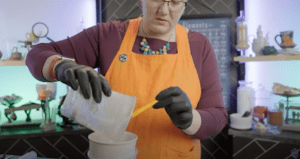
What ceramic myths do I still believe that aren’t true? Check out CMW’s Myth Busting series to learn the truth in ceramics
Hungry to learn?
Watch this sample lecture – Introduction to Clay Bodies
Introduction to Clay Bodies Online is our clay focused on the science behind clay bodies. No more myths and legends about how clay bodies work, only facts and science. The course provides information and science to help everyone utilize clay bodies in ways that will help them take control of their materials and make their studios the best they can be.
I want to explore more as a beginner: Read CMW’s Beginner Blogs HERE
Ready to dive deeper?
Loved learning about ceramic glazes? Want to go even deeper? Check out our Workshops & Courses, now available in Spanish, or YouTube Channel where Matt breaks it all down, myth-busting and Stull chart included!

